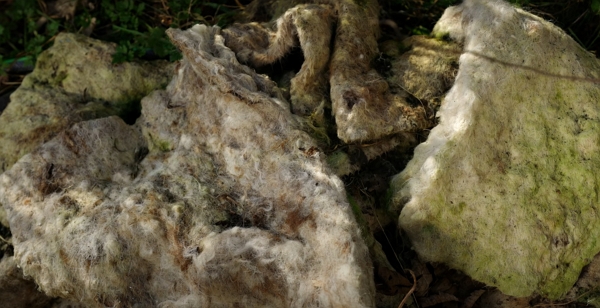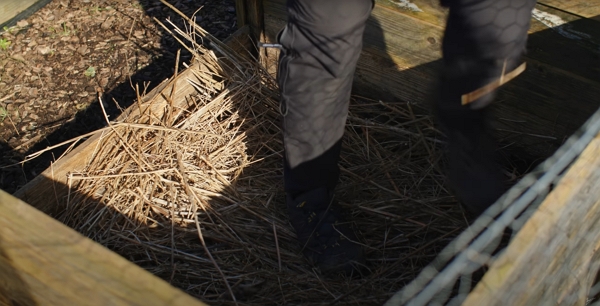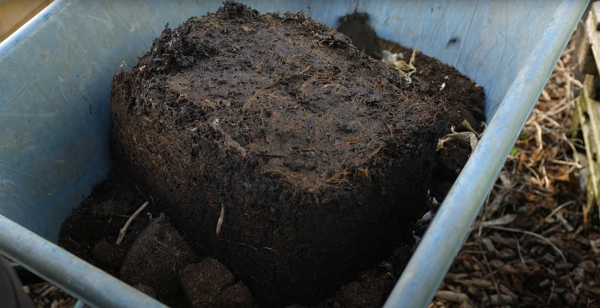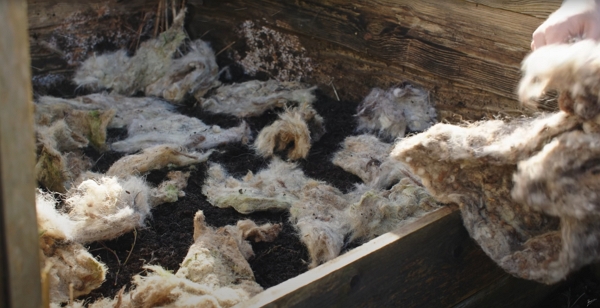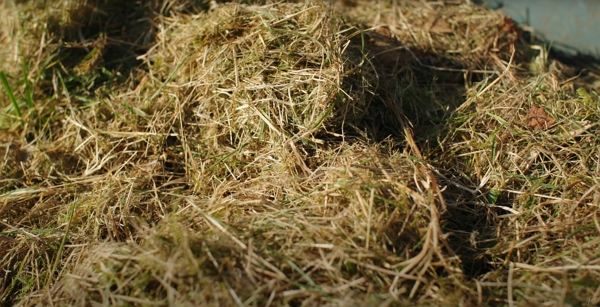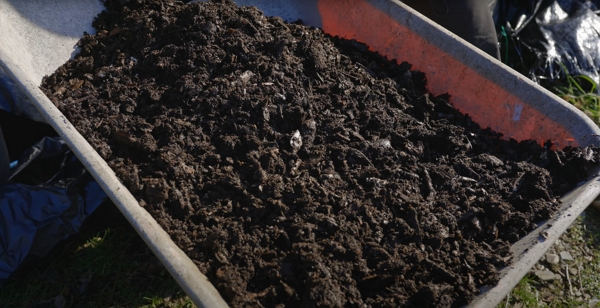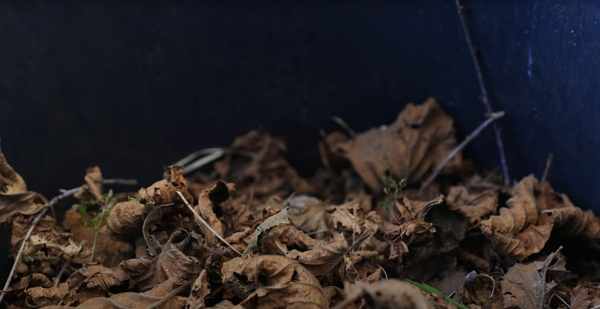A gardener can’t have too much compost and in fact you may not be able to create enough. Huw will give tips to how to improve that.
Thanks to Huw Richards for sharing his wisdom and knowledge! I wrote the following notes watching the vlog published on Huw Richards’s channel. You can watch it using this YouTube link.
Base layer
Use a very fibrous material like straw or small branches.
For example, old nettle stems work well.
It will provide enough oxygen at the base and it’s key to help the microbes thrive and develop to break down the material in the compost.
Spent compost
It can come from buckets, module trays, hanging baskets.
Wool
It’s a natural ingredient.
You need to tear it up before throwing it to the compost bin.
Seaweed
If you live near a sea, you can take advantage of the seaweed you can collect on the beaches.
Check regulations in your area
Apparently, harvesting seaweed is regulated in some places… Ask before you get into trouble.
Regarding the salt impact on the compost created, you can lay out the seaweed on grass so rain can wash the salt off and then put it in the compost bin.
Grass clippings
I took notes about another vlog from Huw on the topic. Check it out using this link.
In the compost bin, you need to make sure you collect pesticide-free grass.
Decomposed woodchips
Cardboard
Huw suggests to tear it up before putting it in the compost bin.
Then give it a soaking because it’s a dry material.
Used coffee grounds
It isn’t always easy to source this ingredient. Look for a shop or a pub that used a lot of it.
Sourcing organic coffee ground?
Use caution about the origin of the coffee. Maybe no coffee ground is better than coffee ground from coffee grown with pesticides and other chemicals.
Still, it’s high in nitrogen and it boosts the microbial activity.
Dead leaves
Collect as much as you can and bag them to use later during the year.
Personal note
I’m currently gathering a lot of them. So far in early December 2022, I harvested 8 cube meters of dead leaves in various sizes.
I use it mostly to apply a blanket for the beds during winter.
Also I use it to add to my kitchen and garden compost bin as well as the composting toilet waste after emptying the bucket.
Ratio of various ingredients
You may wonder:
How much do I put of this? How do I put of that?
To keep it, simple, Huw suggests to mix up the ingredients with a fork.
Also, you can apply each ingredient in layers and if you have 2 ingredients in each category of green and brown material, spread each in several layers so no one is too thick.
Balance the green and brown material
Huw uses this ratio: for one bucket of green, he puts one or two buckets of brown.
But you don’t need to measure precisely the amount you put in.
Invest in composting
Composting is much better than investing in stock markets!
It doesn’t cost anything often except your time and ingenuity to source material around you.
It helps you grow better and stronger vegetables that will help you reach more self-sufficiency in food.
Start now! Start today!
